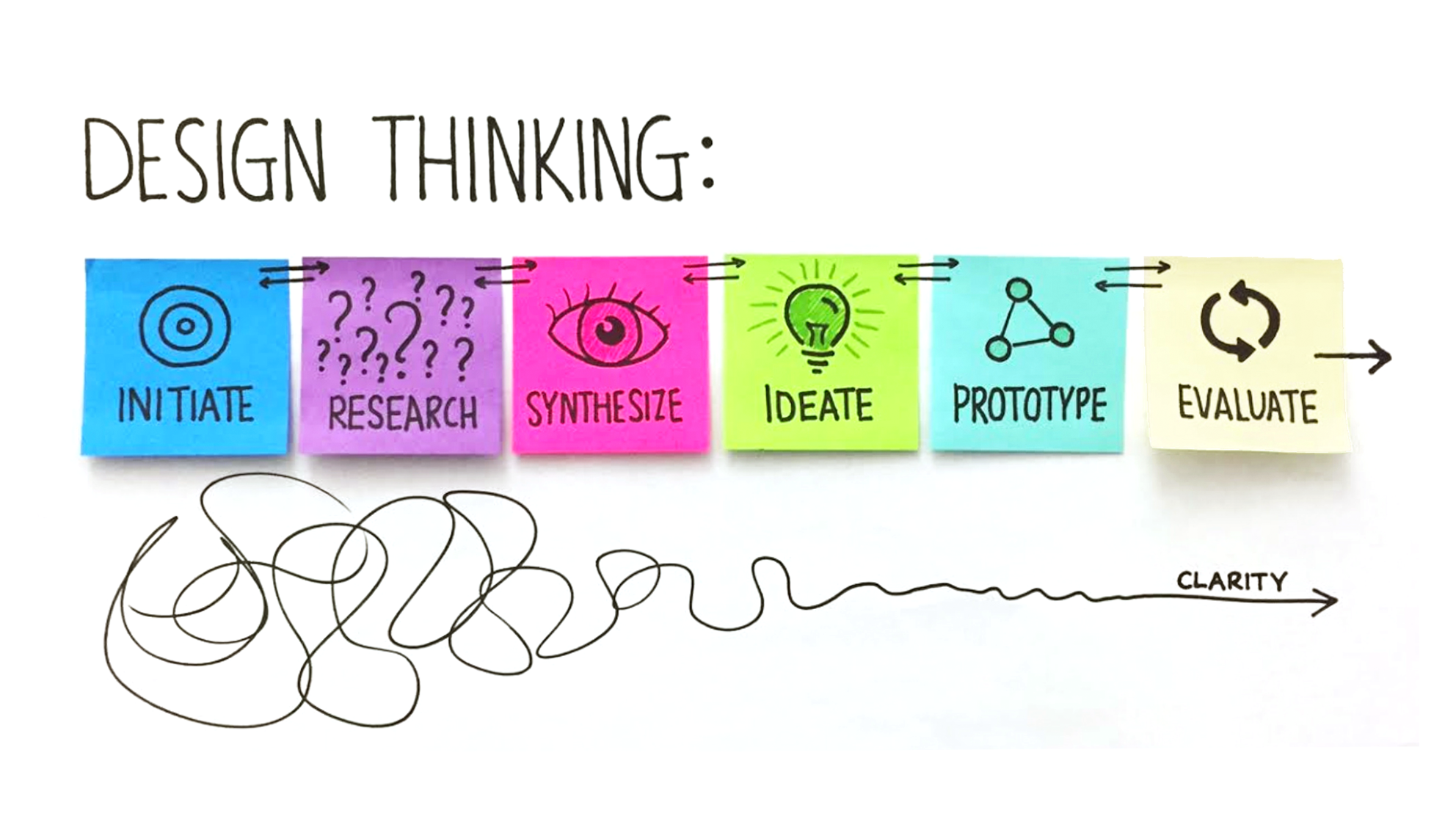Work culture is a product
think beyond process
I create work cultures and teams where collaboration, imagination, and risk-taking thrive. A work culture is a product, with team members as its customers. There are needs, pain points, features, and business goals. And what goes out the door on Day 1 is just the beginning…not the end. A culture constantly iterates, based on feedback and results. Keep what works and leave behind what doesn’t. Processes, artifacts, mindsets, team dynamics, and relationships all need to continuously evolve.
build collaborative teams
The heart of an innovative work culture is a deeply collaborative team. Collaborative conversations can take many forms: 1 hour or 1 week, 2 people or 20, highly structured workshop or informal standup, facilitated or self-directed, huddled in a room or huddled on Zoom. My teams collaborate for many reasons: to build trust, share knowledge, align on goals, encourage innovation, increase speed to market, and manage risk. We recognize the power of working together with a shared understanding and sense of responsibility. I’ve built and led design teams at multiple organizations to solve a wide range of problems - from creating new digital projects to defining operational processes to helping New Yorkers prepare for emergency disasters.












boot camp
To scale a collaborative mentality across multiple teams and locations, I developed a Boot Camp curriculum to both introduce a Design Thinking mindset and train potential facilitators. At Discovery, team members from Product Strategy, Design, Engineering, Program Management, Editorial, Marketing, and HR join a 4-day intensive workshop. On the first 2 days, they participant in a condensed design sprint to solve a real opportunity. On the last 2 days, the roles are reversed; team members learn and practice the core skills of planning and facilitating workshops.
Discovery’s Learning & Development program invited my team to expand these training workshops at a global level to foster innovative thinking. Through corporate leadership conferences and streaming live events, we shared the mindsets and mechanics of working collaboratively with Discovery’s next generation of leaders all around the world.
understand the customer
Understanding the customer is crucial to solving problems well. Who are they? What do they need and value? What are their pain points? What are their behaviors? What are their expectations? Every member on my design team connects to and empathize deeply with the customer, using real data to drive decisions. Designers rely on many kinds of customer research at every stage of a project: to identify opportunities and problems (before); to validate new ideas and solutions (during); and to determine what did or didn’t work well (after).
knowing what to do when
Collaborative workshops, design sprints, and customer research are powerful tools - but nothing is a magic bullet. There is an art and science to knowing how best to tackle a problem in any situation: when to dive deep into exploration, and when to “just do it.”
embrace play
In all aspects of work, play can be a tool that brings out the best in people. It builds trust and sparks our creative juices. I incorporate and encourage simple elements of play in every group interaction, to bring teams closer together and open up our imagination.
follow core principles
Digital products are consumed on every screen in the world. Designers must continuously adapt to new platforms, new technologies, and new behaviors. My design teams follow 4 guiding principles that always remain, no matter the changes:
Focus on the Customer. Put the customer first in all things. Keep the product design focused on her journey, her needs, her goals. Connect with her to build empathy and trust.
Solve real problems. Make design decisions to solve a problem, not just on opinion. Guide customers through each step of their task. Optimize solutions for their device and their contextual environment. Listen to feedback and refine to meet their needs.
Keep it simple. Design to keep it simple and reduce cognitive load. Interactions should be frictionless, streamlined, and fast, with no unnecessary clicks, taps or wasted space. Use clear, natural language and embrace natural processes. Let the content shine through.
Create delight! Be more than just utility… the journey is as important as the destination. Make each interaction engaging and delightful, never fussy. Recognize our content plays a role in making life’s moments fun and meaningful… bring that awareness to the experiences we create.





